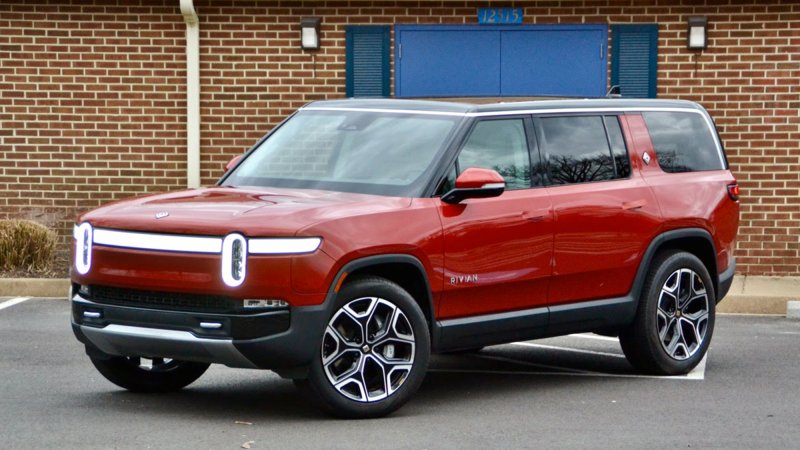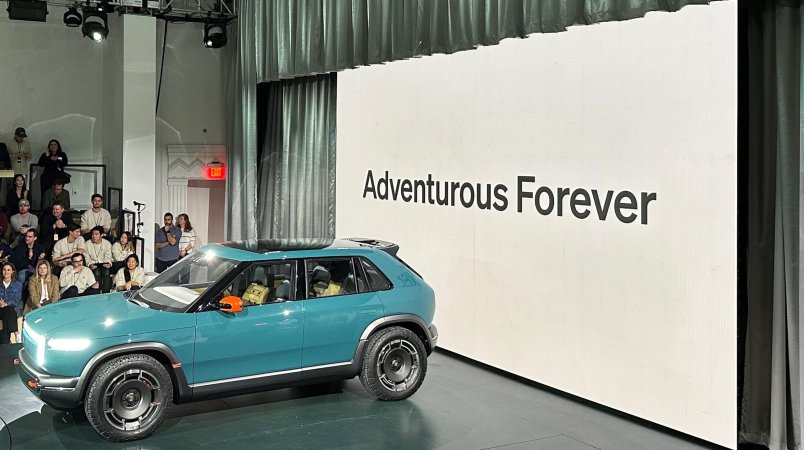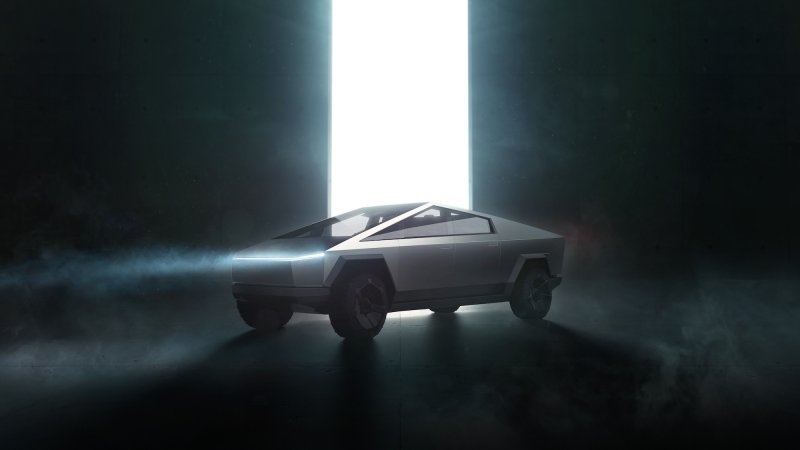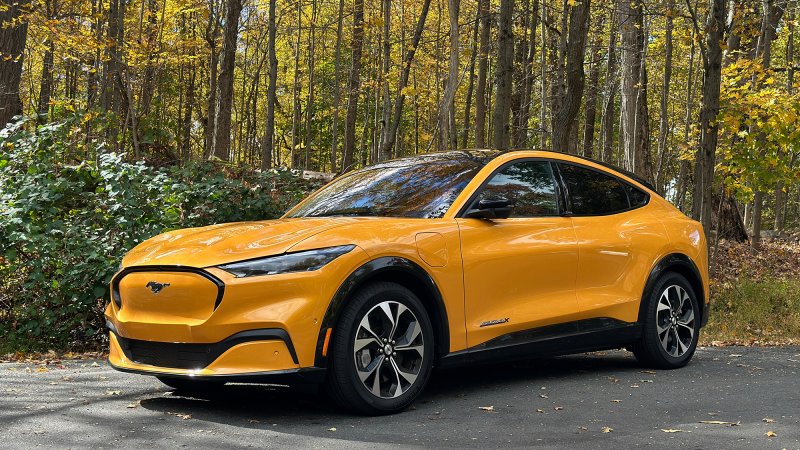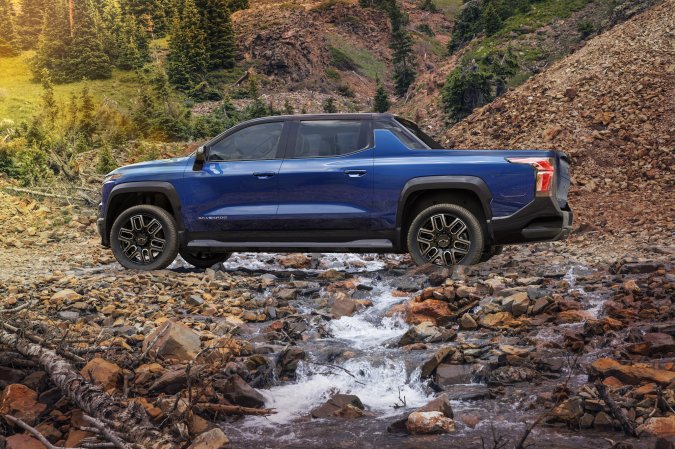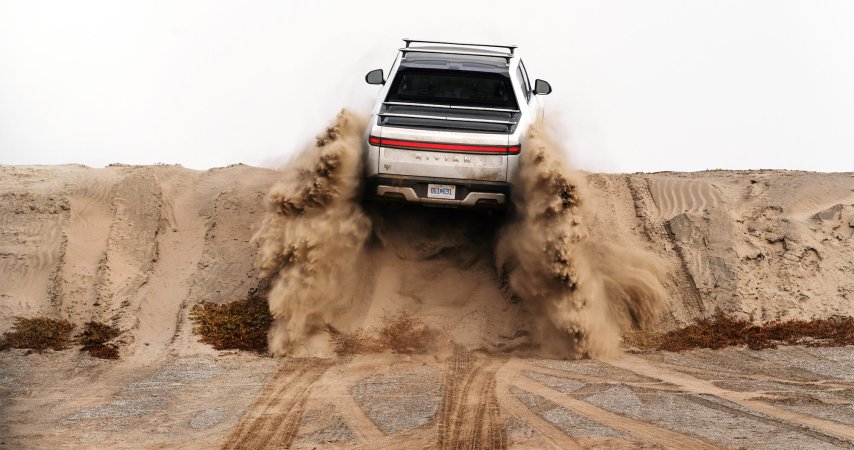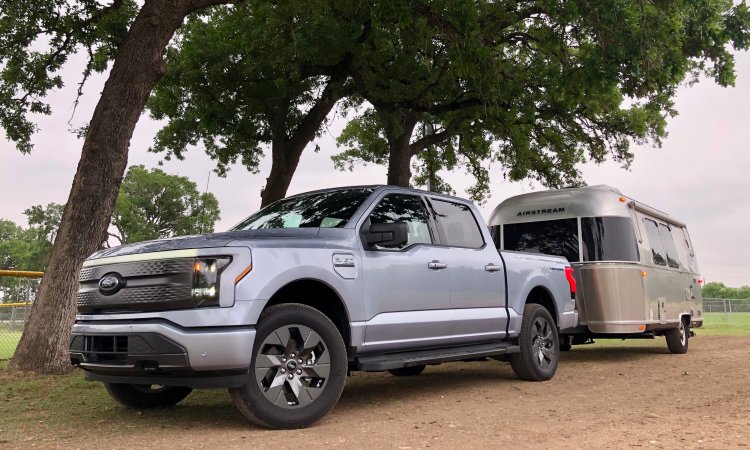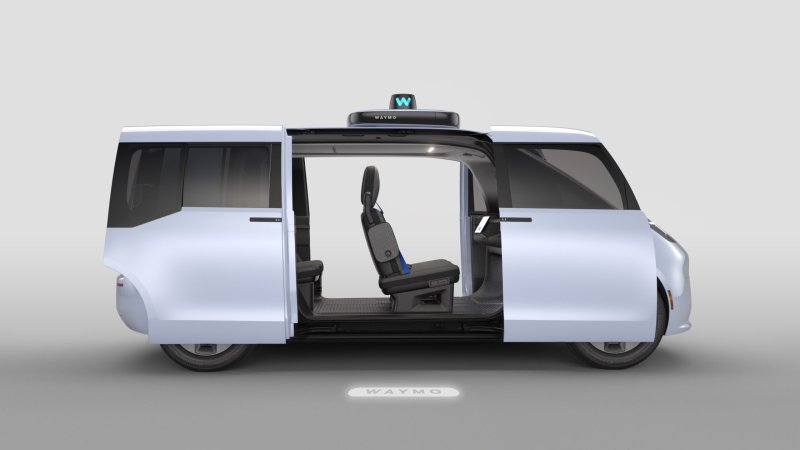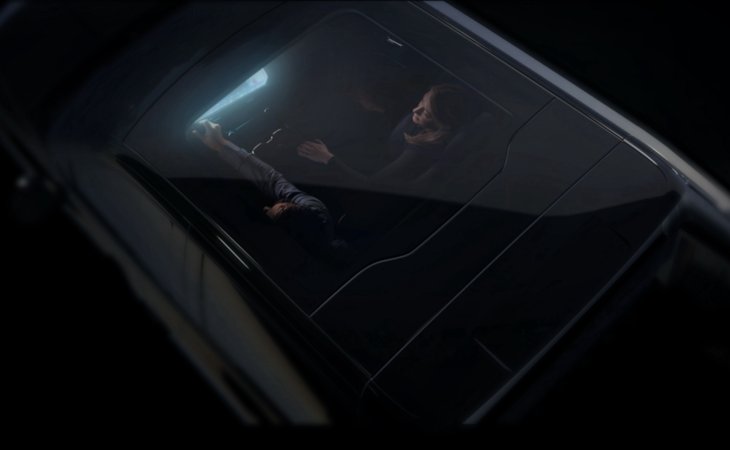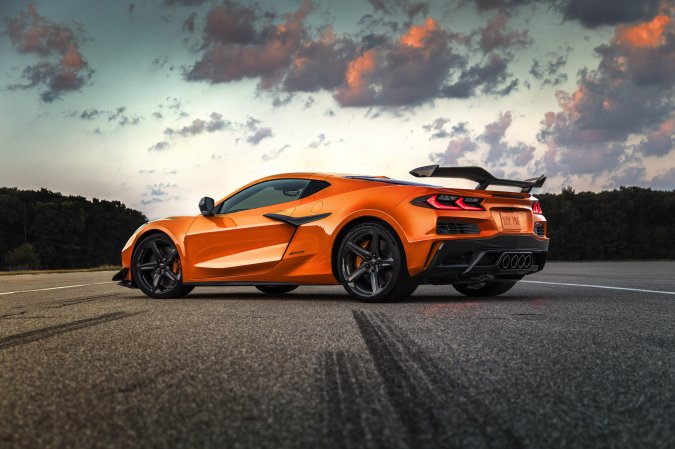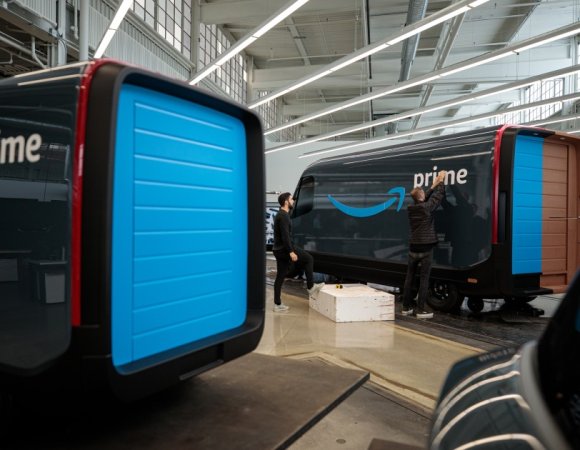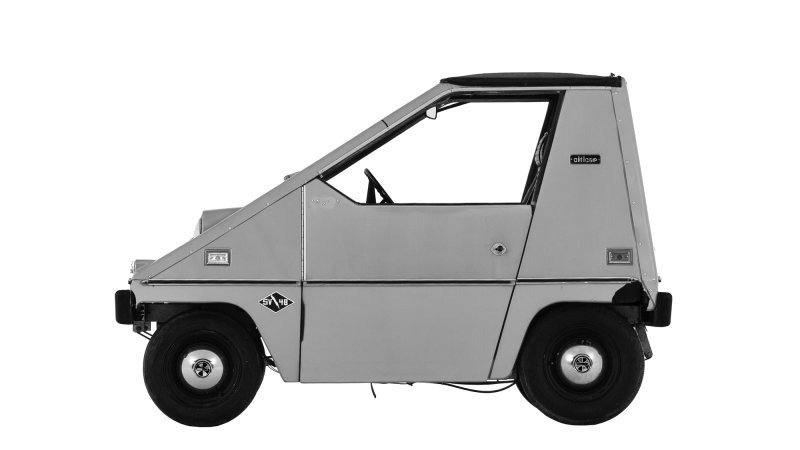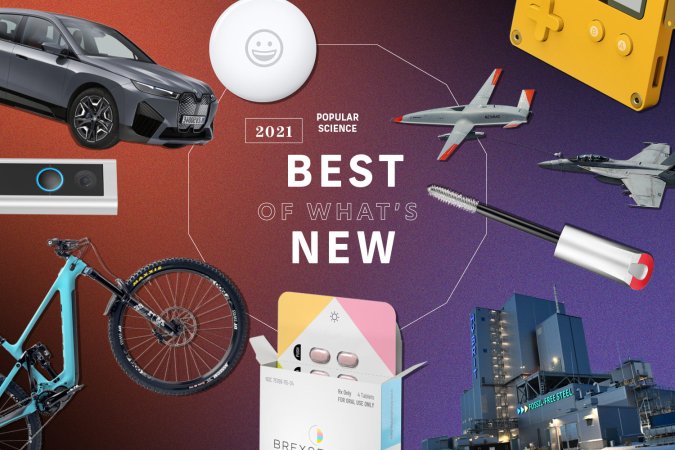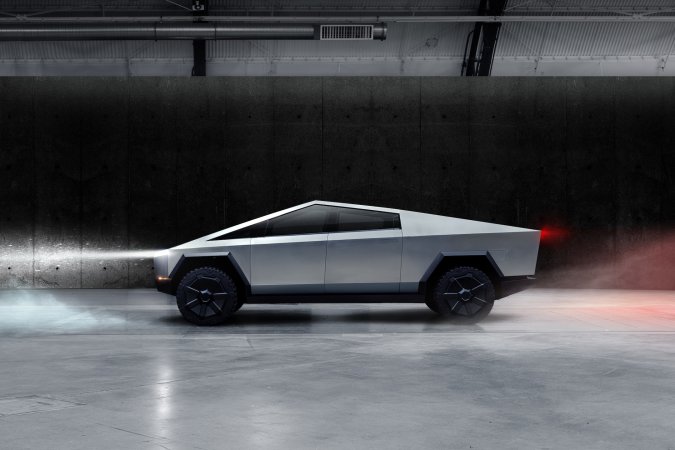Unveiled just a couple of months ago, Rivian’s second-generation R1T pickup and R1S SUV will maintain their distinctive look, with playful headlamps and a sleek exterior shape. Underneath the surface is where the magic is taking place, specifically a wholly new electrical architecture the brand says is less costly and easier to service.
Rivian senior vice president of electrical hardware Vidya Rajagopalan says the new electrical system offers more features, as well as an increase in sensing and computing capability. In the process of making the transition from Gen 1 to Gen 2 R1 vehicles, Rivian switched to a zonal architecture.
Ultimately, that results in a more sustainable option. The zonal approach reduces the total wiring length by a whopping 1.6 miles and enables each R1 vehicle to shed 44 pounds. Weight is a big deal for EVs, as it has a direct correlation to battery performance. Plus, the company claims a 20 percent savings in material costs and 15 percent reduction in its carbon footprint between Gen 1 and Gen 2.
All of it was developed in-house by Rivian’s hardware and software team, an impressive feat. Software complexity is a big deal, and Rivian is finding ways to simplify and streamline its golden goose as a software-defined automaker.
Zone versus domain-based architecture
In basketball, kids learn one-to-one defense early on. Each player is assigned to a competitor, and they stick to that person like glue for effective coverage. Zone defense requires each player to guard an area (zone) and any offensive player within those parameters. It’s a more elegant option, and one that requires more knowledge of the game.
Using a zonal approach, Rivian is showing off its technological prowess.
When Rivian engineers started building R1s, they designed a platform based on what’s called domain-based architecture, Rajagopalan explains. With this setup, each category of software is paired with a piece of hardware. Every time you open a door, raise the cabin temperature, slide your seats, turn on the lights, change the mode, and more, you could be connecting to different hardware. Those electrical control units, or ECUs, can multiply like Gremlins after dark.

“We had 17 ECUs [in Gen 1], each dedicated to a category,” Rajagopalan says. “Other manufacturers can have between 40-150 per vehicle, depending on how they work.”
Even though Rivian was using significantly fewer pieces of hardware than their competitors, they wanted to improve the system. More ECUs means more parts overall; consequently, that leads to increased opportunities for failure.
For the second generation of vehicles, four categories get their own ECUs: infotainment, autonomy, vehicle access, drive units, and its battery management system. Every other vehicle function is controlled by just three ECUs Rivian refers to as West, East, and South. The infotainment ECU alone is as powerful as a laptop and has the capabilities of a smartphone.

However, the ECU that runs the vehicle’s autonomy platform is the most powerful computer in the R1S and R1T. The system includes an array of 11 internally developed cameras and five radars performing over 250 trillion operations per second, which Rivian says is an industry-leading statistic. As such, it connects to artificial intelligence, which helps identify and perceive the world in front of you to detect street signs, lanes, pedestrians, and more.
Reducing parts improves scalability and reduces cost
Fewer ECUs also results in less wiring, and another upshot of casting off ECUs is reduced weight.
“If your ECUs control function by function, you’ll have long wires running all over the car,” Rajagopalan says. “When you switch to a zone mindset, it’s more like a wheel-and-spoke function. Consolidation always wins; having fewer pieces reduces cost and makes manufacturing easier.”
It also makes room for scalability, something Rivian will need in order to grow.
Rajagopalan was working for Tesla as a senior director of engineering before joining Rivian at the end of 2020. Now she manages 400+ people at Rivian and has witnessed the evolution of the company. She says when Rivian first launched the first generation of its R1T and R1S, buyers loved the adventure-focused brand and the vehicles’ off-road capabilities. Since then, the automaker has proven it can ramp up its manufacturing capacity and make improvements.
With a new joint venture with Volkswagen in progress, Rivian will have the opportunity to build a common platform on a much larger scale. To start, VW will invest $1 billion in Rivian and invest another $4 billion over time. In turn, VW will benefit from Rivian’s software-defined vehicle expertise and maverick approach.Meanwhile, we’ll be waiting for the smaller R2 and R3 to debut as Rivian ramps up.


